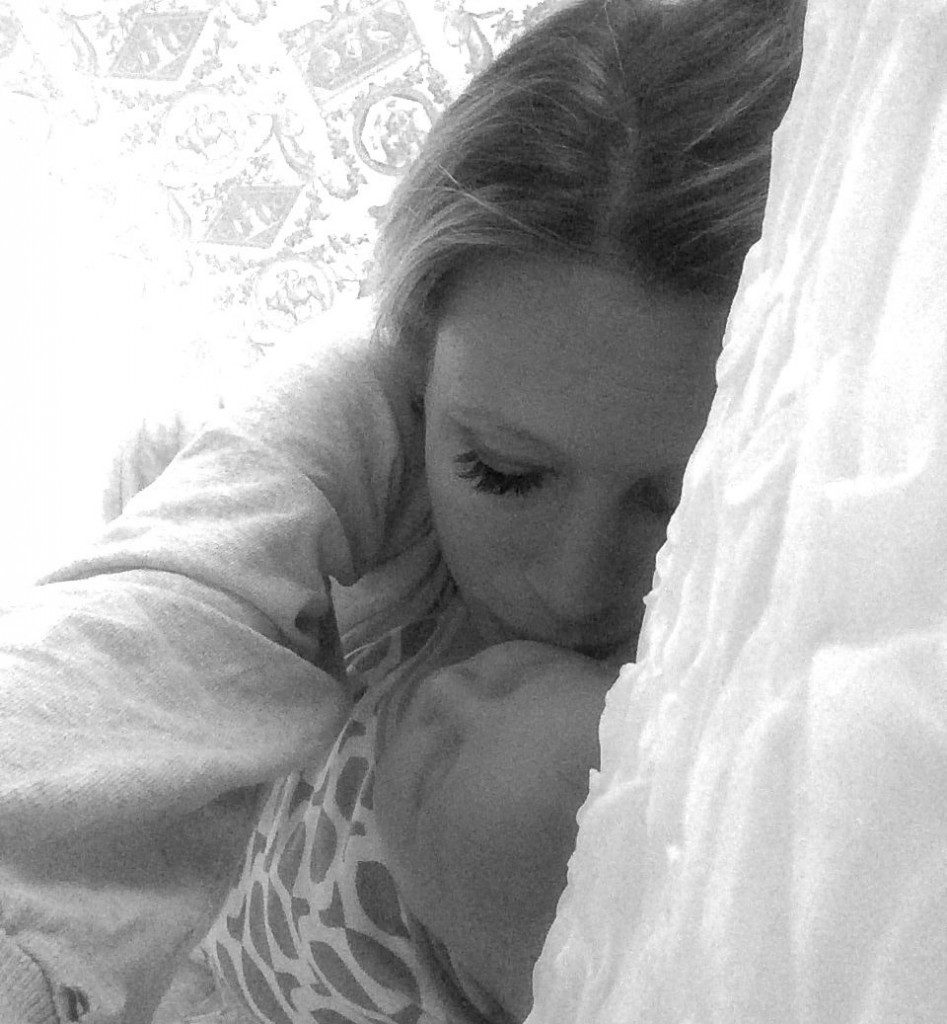
Are you a parent? Congratulations, you are exhausted. Sleep consultant Mahaley Patel tells you how to get your lovely little bebes to GTFTS.
In honor of Baby Sleep Day, I wanted to provide some tips for those of you with newborns. Having a new baby is such a beautiful time on so many levels, but when my child was little there were days I was so sleep-deprived I didn’t even feel that I could fully enjoy her. If you have a newborn at home and are struggling with sleep, please know that it will get better. They will soon be capable of longer stretches and self-soothing.
Read: Jordan’s (very chilled-out) approach to sleep training.
Here are some of my tips for surviving newborn sleep.
Distinguish day from night. During the first 6 weeks after the baby is born, let them nap during the day in a bright room with plenty of background noise, and spend as much time outside as you can. Keep nighttime dark and quiet, even if they are not sleeping. During this time, do whatever you need to do to get your baby to sleep. Bounce, rock, feed to sleep…you name it. Don’t worry about creating “bad habits” – there are none at this age. Try to have your baby back to sleep within 45-60 minutes of being awake. Ensuring that your baby sleep as much as possible is the best thing you can do!
Introduce Routine. Around 6-8 weeks of age, you will start to see changes in your baby. They may start to have a fussy period in the evenings, and they may develop one longer stretch of sleep during the night. This is a good sign! This means that they no longer have day/night confusion and circadian rhythms are starting to develop. This is the time when your baby will be able to follow cues and make connections. This means you can:
– Introduce the crib. If they don’t sleep in it right away, that’s okay. Let them spend some time in there and get acquainted with it.
– Develop a consistent routine before naps and bedtime.
Practice self-soothing. Key word being “practice.” Try laying them down while they are awake. If they cry, stay with them. Try patting them on the chest, offering them a pacifier, and/or shushing them to sleep. If it escalates, pick them up. You can try again if you feel comfortable doing so, or you can try again the next day. It’s all about practicing at this age and not putting any expectations on them or yourself.
Create a safe sleep environment that is conducive to sleep. Follow AAP guidelines for safe sleep. The use of white noise and a dark room (once day/night confusion ends) is essential for good sleep.
Take advantage of their longest stretch of sleep. Around 8 weeks, my daughter would sleep her longest stretch from 7pm-12am. I quickly learned that I could not continue to function on 1-3 hour stretches at night, so my husband and I reworked our schedule so that I could go to bed at 8 pm every night and sleep until midnight. That four-hour stretch of sleep saved me until my daughter was capable of doing longer stretches. Once your baby starts doing a longer stretch of sleep at night, do whatever you can to maximize your sleep during that time.
– Mahaley
Mahaley Patel is a certified pediatric sleep consultant. She is also a Masters Candidate in Clinical Psychology with an emphasis in Marriage and Family Therapy at Pepperdine University. She is the mother to a 3-year-old daughter, Amelie, and a 13-year-old Boxer, Coco, and wife to Ravi Patel.






